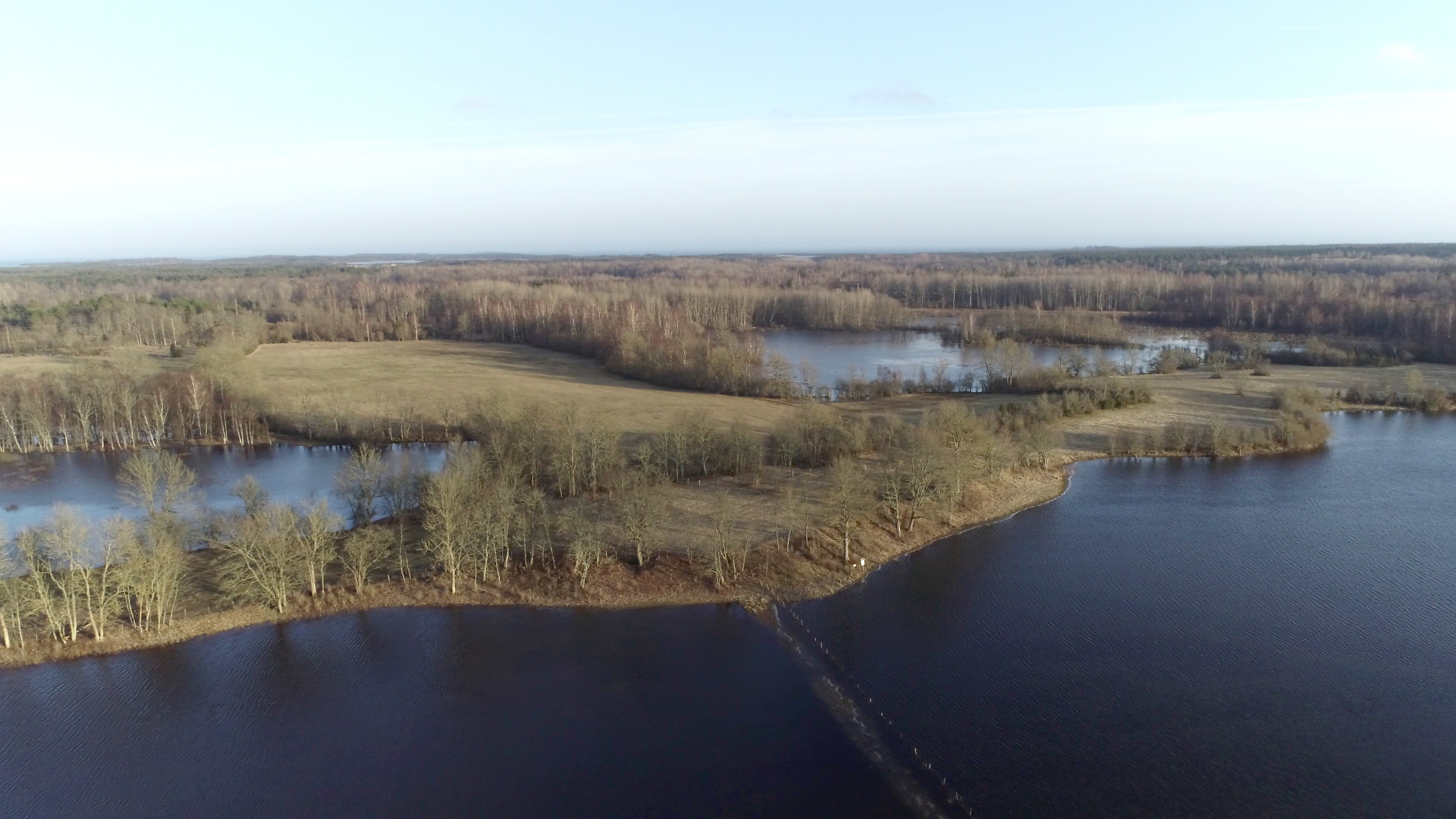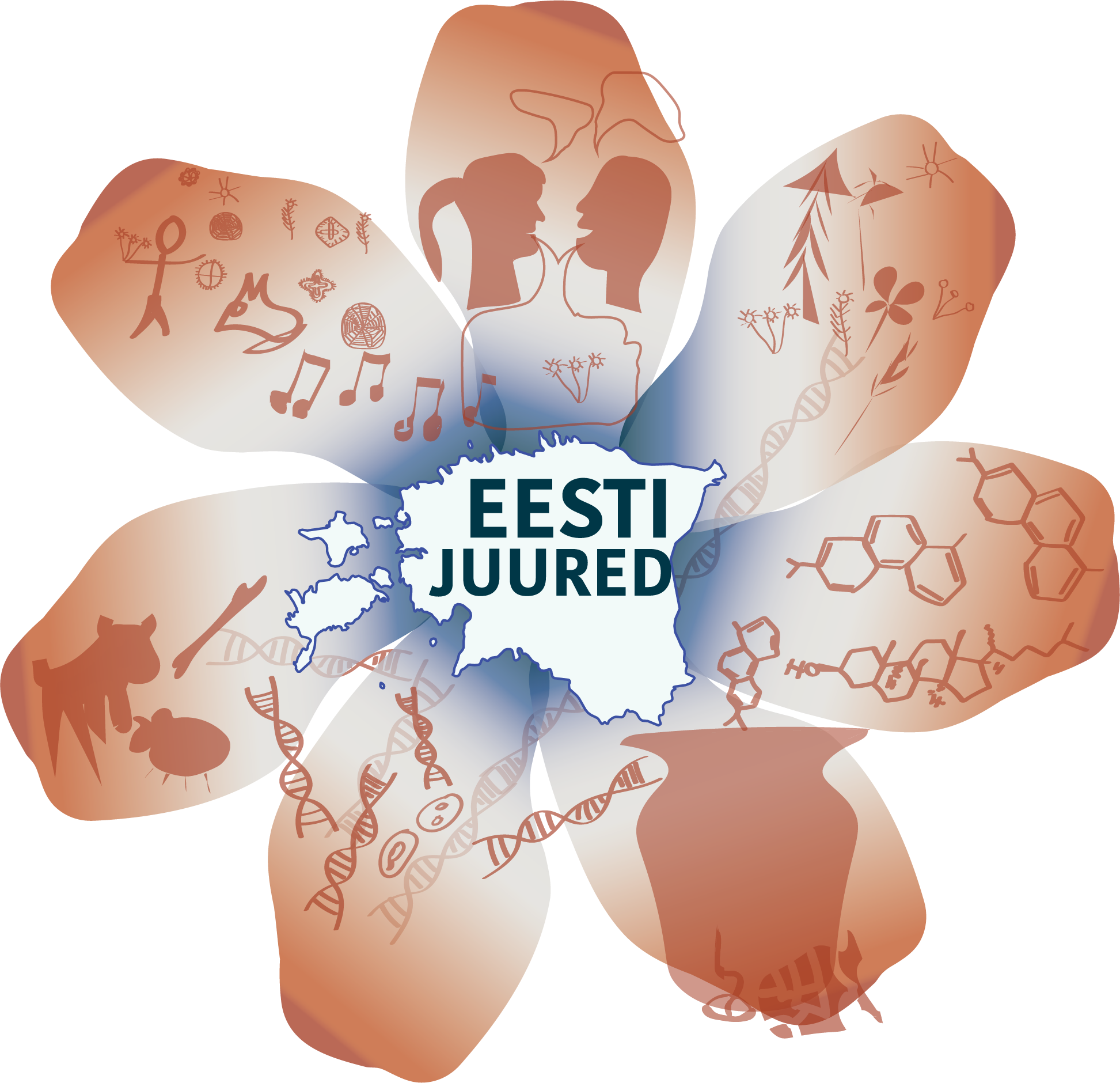850–500 BC.
'Fortified settlement' is the term used in the Baltic and Russian archaeological literature for Late Bronze Age and Early Iron Age settlements with defensive structures on hilltops. True, man-made defensive structures – ditches, walls, fences – need not necessarily be everywhere or they have not been discovered yet. Being set on high hilltops does, however, characterise all of the fortified settlements and presumably even natural defensive conditions (steep hillsides) were enough to control access to the settlement.
Large groups of people lived together in the fortified settlements. Based on the more preserved sites in the Baltics, it has been assumed that approximately 30 to 60 people lived in such a settlement, although sites with a significantly larger (estimated) amount of people have also been found. A long-term cohabitation of a large amount of people is indicated also by the thick and abundant cultural layer usually characteristic of these settlements. Inhabitants in both the Baltics as well as in the East European forest zone practised primarily pastoralism and agriculture, and hunting and gathering to a lesser extent. Bronze smelting was practised more in the settlements bordering the Baltic Sea than in the more eastern settlements, although it was nevertheless practised to a lesser degree up to the Moscow district.
A common characteristic of the fortified settlements is their location along suitable waterways; dense reciprocal contacts are apparent in the findings of the sites.

Distribution and chronology of fortified settlements
1000/800–500 BC.
Fortified settlements, that is, hilltop settlements with defensive structures were spread over a wide range in East and Central Europe. Such settlements are found the most in Circum-Baltic countries – over two hundred – and the most densely in modern-day northeastern Lithuania, southeastern Latvia and northwestern Belarus; there are relatively many of them also elsewhere in the Daugava region up to the river delta. On the other hand, fortified settlements have been found more sparcely in western Latvia and Lithuania and further to the north, that is, in northern Latvia and Estonia. Few fortified settlements with a Bronze Age layer are known in Estonia: in Asva and Ridala on Saaremaa, Iru and Narva in northern Estonia and Peedu and Koivuküla in southeastern Estonia. North of the Gulf of Finland such settlements are found near Lieto in Vanhalinnanmäki as well as in few other such locations in the area (Hautvuori in Laitila, Lautkankare in Sauvo); on the other side of the Baltic Sea, Darsgärde site in Central Sweden is known, the findings of which resemble those of ours entirely. A multitude of fortified settlements is found in the forest zone to the east of the Baltics up to the Volga-Oka region (within the areas of the Gorodishche and Dyakovo cultures), as well as in Central Europe (Lausitz culture) and in many places elsewhere.
The first fortified settlements were established in the Volga-Oka region between the 2nd and 1st millennium BC or during the first centuries of the 1st millennium BC. Judging based on radiocarbon datings, also the oldest settlement sites in the Baltics along the River Daugava and northwestern Belarus are cotemporanous, although artefacts pointing to significantly more recent centuries have been found in some of them. The earliest fortified settlement – that is, from the mid-9th century BC – that was established in Estonia was Asva; other settlements were established apparently after 800 BC. A more precise radiocarbon dating of most of the sites has been hindered by calibration problems of this period. There are no radiocarbon datings from the Finnish and Swedish sites, although judging based on findings from them, they should be cotemporanous with the Estonian sites. In case of the Estonian fortified settlements, it is fairly certain that they were abandoned already by the end of the Bronze Age, apparently before 500 BC, whereas the preservation of the Latvian and Lithuanian settlements is thought to be longer, even up to the first centuries AD. A new wave of fortifications spread in Estonia after a break of a few centuries between the 2nd and 1stcentury BC.
The material culture of the fortified settlements and its ethno-cultural background
1000/800–500 BC.
A part of the findings of the fortified settlements is composed of artefacts made of animal bone and antler: arrow- and spearheads, needles, awls, harpoons, bits, knives, handles, etc. In form and appearance they are sufficiently similar throughout the entire area of the fortified settlements from the Baltic Sea to the Volga-Oka region and from North Estonia to Central Europe. Therewith only in Baltic settlements are there jewellery needles made of bone and double buttons of antler that imitate bronze needles and buttons that spread in Scandinavia and northern Central Europe; further east from the northwestern end of Belarus such artefacts are not usually found.
On the other hand, the most plentiful type of find – pottery – is characterised by clear regional differences. The so called early Striated pottery spread in modern-day northeastern Lithuania, southeastern Latvia and northwestern Belarus. The so called southwestern Tapiola style pottery was produced in the Daugava river basin and north from there up to southwestern Finland, while a varied group of textile ceramics spread in central Finland and northwestern Russia (the so-called northeastern Tapiola style). Exclusively in settlements of coastal Estonia and southwestern Finland (Asva, Ridala, Kaali, Iru, Vanhalinna) can also fine ceramic tableware be found in addition to Tapiola style pottery, which imitate Scandinavian and Central European forms.
The third group of findings are finds connected to bronze smelting: pieces of moulds, slag (molten pieces of metal and parts of artefacts) and a few bronze artefacts. Hoops were cast the most and they were apparently used as a form of payment in trade. Pieces of moulds appear abundantly in settlements by the Baltic Sea (over 2000 found in Asva), their amount is smaller in more eastern sites.
Osteological findings (animal and fish bones) are abundant in fortified settlements. Almost 80% of animal bones belong to domestic animals, implying the relevance of animal husbandry (sheep and goats are in the majority in Estonian settlements, cattle in the Daugava region and pigs in northeastern Lithuania). The hunting of wild animals and fishing (also seal hunting along the coast) played an important role.
The foundation of settlements on hilltops and their fortification is not an ethnic marker; it rather points to the rise of tensions in social relations, which can be a side consequence of either ethnic migrations and intermingling or social differentiation. The tools and commodities made of bone, antler, stone and metal speak primarily of technological knowledge and economic opportunities and necessities and are seldom ethnically differentiated. On the other hand, peculiarities in pottery indicate smaller networks of interaction and can therefore be fairly ethnic. Whereas the early Striated pottery can be connected to the ancestors of the Baltic peoples, the southwestern group of the Tapiola style pottery points likely to Finnic peoples and the northeastern group to other tribes that diverged from the West Uralic origins (later Saamis, Chudes, etc.). The Bronze Age fine ceramics of Estonia and Finland show intensive contacts with Germanic tribes.


